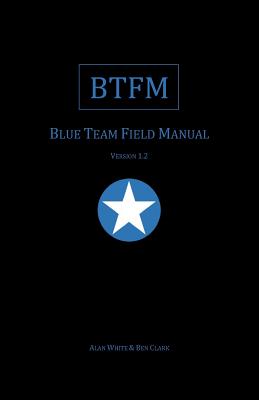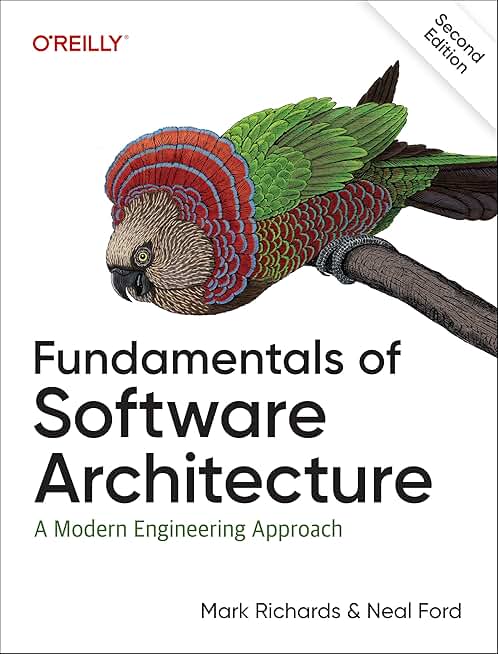Oracle10g Real Application Clusters for Administrators Training in Homestead
|
We offer private customized training for groups of 3 or more attendees.
|
||
Course Description |
||
| This hands-on course teaches students all aspects of Oracle 10g RAC administration. Students will begin with a solid foundation in Oracle Clusterware and RAC architecture. Students will then install and configure both Clusterware and the database software, as well as cover the administration of both pieces of software using command line utilities. Important topics such as failover, flashback, and backup and recovery are all covered in detail. Students will get hands-on experience with Automatic
Storage Management. The course ends with troubleshooting and tuning a RAC system.
Course Length: 5 Days
Course Tuition: $2250 (US) |
||
Prerequisites |
|
| Oracle 10g Database Administration and at least 6 months of administration experience recommended. | |
Course Outline |
|
1. Cluster Architecture Cluster Architecture Shared Storage Nodes and Interconnects Virtual IP Addresses Oracle Software Oracle Cluster Registry (OCR) The RAC Voting Disk 2. Oracle Clusterware What is Oracle Clusterware? Oracle Clusterware Components Oracle Clusterware Processes Oracle Clusterware and Shared Storage Oracle Clusterware Preinstallation Steps Node Preparation Configuring SSH User Equivalency Installing Oracle Clusterware cluvfy – The Cluster Verification Utility Oracle Clusterware Postinstallation Steps 3. Installing DB Software and Creating a RAC Database Installation Overview Configuring the OS Environment Verifying System Readiness with the CVU Installing the Database Software Troubleshooting Installation Setup Recommended Postinstallation Tasks Running the VIPCA Creating a Cluster Database Using DBCA Database Pre-Creation Tasks Initialization Parameters 4. RAC Database Architecture Oracle Single-Instance Architecture Overview of RAC RAC Architecture RAC Instances and Parameter Files RAC Database Components RAC Instance Background Processes Global Resource Directory Overview of Cache Fusion Cache Fusion Components – GES and GCS Cache Fusion Components – Resource Master and GRD Cache Fusion Background Processes Application Connection to RAC 5. Managing Oracle Clusterware About Oracle Clusterware Backing Up and Recovering Voting Disks Adding and Removing Voting Disks The OCR Changing the OCR Configuration Adding and Removing an OCR Location Backing Up and Recovering the OCR Restoring from Automatic OCR Backups Moving or Replacing the OCR Repairing the OCR Configuration Troubleshooting the OCR 6. RAC Instance Management Overview of RAC Instance Management Starting and Stopping a RAC Database Starting and Stopping a RAC Instance RAC Database Identical Parameters RAC Database Unique Parameters Changing Parameter Values Administering Undo Tablespaces in RAC Administering Redo Logs in RAC 7. RAC Utilities The ocrcheck Utility The ocrdump Utility The crs_stat Utility The crsctl Utility The Server Control (SRVCTL) Utility SRVCTL ADD SRVCTL CONFIG SRVCTL ENABLE and DISABLE SRVCTL GETENV SRVCTL MODIFY SRVCTL RELOCATE SRVCTL STATUS SRVCTL REMOVE SRVCTL START SRVCTL STOP 8. Services Overview of Services Types of Services Creating Services with DBCA Creating Services with SRVCTL Preferred and Available Instances for Services Using Services Managing Services Service Views Tracing with Services 9. Failover Transparent Application Failover (TAF) Client-Side vs. Server-Side TAF Configuring TAF on the Client Configuring TAF on the Server Using OEM to Configure TAF Using SRVCTL to Configure TAF Using DBCA to Configure TAF The DMBS_SERVICE Package Connecting to the Database with TAF Monitoring TAF Connections 10. RAC Backup and Recovery Overview of RAC Backup and Recovery Log Archiving in RAC Undo Tablespaces in RAC Using Flashback Features in RAC Deploying a Flash Recovery Area in RAC Performing RMAN Backups of a RAC Database Performing Non-RMAN Backups Preparing to Restore and Recover with RMAN Recover the RAC Database with RMAN Recovering Without RMAN 11. Cluster Management Overview of Cluster Management Tasks Extending the Clusterware Home Directory Extending the ASM Home Directory Extending the Database Software Home Directory Creating a Listener on the New Node Creating the New Instance Verifying the New Instance Removing a Node 12. Automatic Storage Management ASM Overview ASMLib Installing ASM Creating an ASM Instance ASM Initialization Parameters Accessing an ASM Instance ASM Startup and Shutdown Creating a Disk Group Changing a Disk Group Creating and Managing a Database Using Oracle-Managed Files Creating and Managing a Tablespace Creating and Managing Redo Logs Creating and Managing Control Files Creating and Managing Archive Logs 13. ASM in a RAC Environment Overview of ASM and RAC Migrating a RAC Database to ASM Overview of Recovery Manager (RMAN) and ASM Creating ASM Instances for a RAC Database Migrating SPFILEs Migrating Tablespaces ASM and RAC Specifics 14. RAC Troubleshooting The Oracle Clusterware Alert Log Clusterware Component Log Files Using crsctl to Diagnose Cluster Issues Using diagcollection.pl Checking Interconnect Settings Verifying Clusterware Component Integrity Verifying Cluster Registry Integrity Verifying Cluster Integrity RAC Database Alerts The racdiag.sql Script The oradebug Utility 15. RAC Tuning RAC Tuning Methodology Using Performance Views in RAC Monitoring Cache Fusion Global Cache Latencies Monitoring Cache Transfers OEM – Cluster Database Performance OEM – RAC-Related Reports Using AWR in the RAC Environment Generating AWR Reports Analyzing AWR Reports Using ADDM in the RAC Environment Analyzing ADDM Reports RAC Tuning Tips 16. Appendix – Preparing a RAC Node Checking the Hardware Requirements Identifying Network Requirements Verifying the Installed Operating System and Software Requirements Configuring Operating System Users and Groups Generating RSA and DSA Keys Adding the Keys to an Authorized Key File Configuring SSH User Equivalency Configuring the Operating System Environment Configuring the Network Verifying the Network Configuration Preparing the Operating System and Software Configuring Installation Directories and Shared Storage Choosing Directories |
Course Directory [training on all levels]
- .NET Classes
- Agile/Scrum Classes
- AI Classes
- Ajax Classes
- Android and iPhone Programming Classes
- Azure Classes
- Blaze Advisor Classes
- C Programming Classes
- C# Programming Classes
- C++ Programming Classes
- Cisco Classes
- Cloud Classes
- CompTIA Classes
- Crystal Reports Classes
- Data Classes
- Design Patterns Classes
- DevOps Classes
- Foundations of Web Design & Web Authoring Classes
- Git, Jira, Wicket, Gradle, Tableau Classes
- IBM Classes
- Java Programming Classes
- JBoss Administration Classes
- JUnit, TDD, CPTC, Web Penetration Classes
- Linux Unix Classes
- Machine Learning Classes
- Microsoft Classes
- Microsoft Development Classes
- Microsoft SQL Server Classes
- Microsoft Team Foundation Server Classes
- Microsoft Windows Server Classes
- Oracle, MySQL, Cassandra, Hadoop Database Classes
- Perl Programming Classes
- Python Programming Classes
- Ruby Programming Classes
- SAS Classes
- Security Classes
- SharePoint Classes
- SOA Classes
- Tcl, Awk, Bash, Shell Classes
- UML Classes
- VMWare Classes
- Web Development Classes
- Web Services Classes
- Weblogic Administration Classes
- XML Classes
- Python for Scientists
8 December, 2025 - 12 December, 2025 - RED HAT ENTERPRISE LINUX SYSTEMS ADMIN II
8 December, 2025 - 11 December, 2025 - Introduction to Spring 6, Spring Boot 3, and Spring REST
15 December, 2025 - 19 December, 2025 - Fast Track to Java 17 and OO Development
8 December, 2025 - 12 December, 2025 - See our complete public course listing






